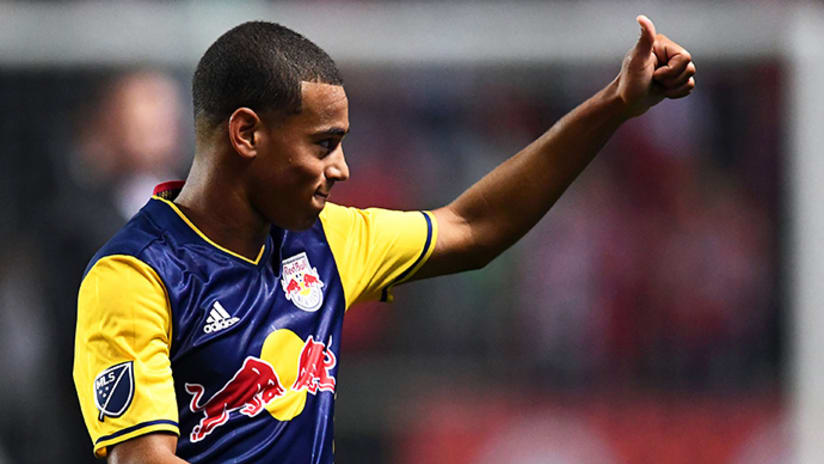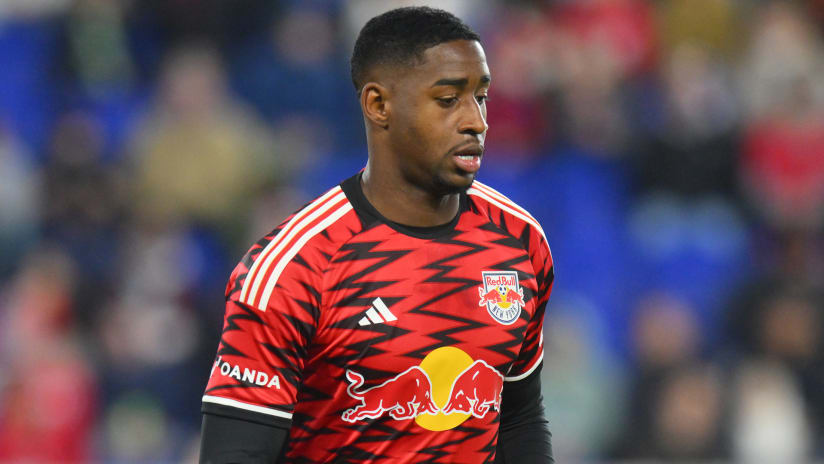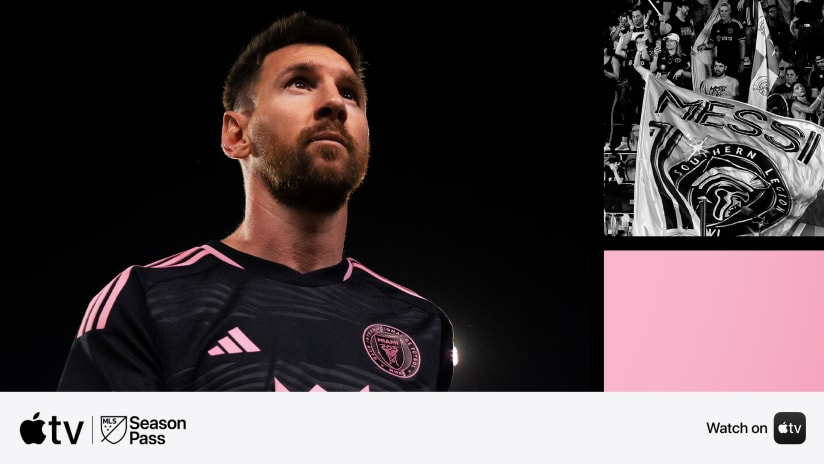Multiple sources have confirmed to MLSsoccer.com that the league is getting ready to announce that it will allow clubs to keep 100 percent of a transfer fee when they sell a Homegrown player. Previously, clubs only kept 75 percent of transfer fees for Homegrown players, with the remaining 25 percent going to the league office. The new rule will be backdated to Jan. 1 of this year, allowing Montreal to keep all of the fee they received from the transfer of Ballou Tabla to Barcelona B.
The sources also confirmed that MLS will also increase the amount of a transfer fee that can be used by teams as General Allocation Money. Currently, teams can only use $650,000 of a transfer fee as GAM. The new rule will allow teams to keep $750,000 of a fee as GAM, with that total increasing up to five percent each year.
These aren’t exactly new developments – the changes have been reported on multiple times by Paul Tenorio over the past few months – but they are welcome bits of news for clubs.
For now, I’ll focus on the implications of how the league handles Homegrown transfer fees. Executives at several teams are naturally pleased that they’ll get to keep the full fee if they sell a Homegrown player, and they told MLSsoccer.com a little bit about the motivation behind the amended rule.
The driver, to state the obvious, is to help clubs increase their return on the substantial investments they’re making in their academies. Fully funding a youth setup from the U-14 to U-18 levels is not cheap, with most clubs spending upwards of seven figures per year on their academies. The three teams that have full residential programs – Philadelphia, Salt Lake and Vancouver – spend significantly more.
On a very basic level, club owners want to be able to justify those costs. Increasing the cut that they receive when their club sells a player they developed from his teenage years through his first seasons as a pro helps with that. The change is also somewhat of a nudge to teams whose academies have lagged, and rewards those who have started producing players that may one day attract a big-money transfer.
Importantly, the executives noted, the change also incentivizes selling young players. In MLS, we occasionally wring our hands about the idea of teams selling their young stars to foreign clubs. Should MLS teams be in the business of selling their top young American and Canadian players? Shouldn’t they want to hold onto future stars who, in addition to their on-field ability, could add significant value off it?
Paradoxically, no. Given where the league currently stands in the hierarchy of world soccer, it’s necessary for MLS teams to sell their top young talent. Selling players won’t just inject new money into the league, it’ll further legitimize MLS in the global marketplace. If more talented young players get sold to abroad and perform well, more foreign clubs will look at MLS as a viable proving ground. That legitimacy will build on itself, leading to more and more transfers, which will lead to more and more new money, which will then be spent on better and better players and more sophisticated academies.
On their own, the changes aren’t enough for MLS to fully integrate itself in the global marketplace. But they do serve as a bit of motivation for teams looking to get more involved in the world transfer market. That might mean more promising young players move out of MLS in the coming years, but that’s not a bad thing – if managed correctly, it should be a positive development for the league at large.











